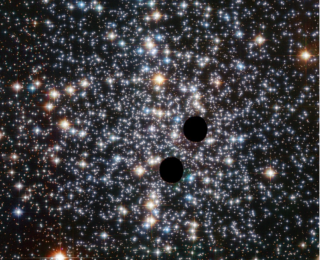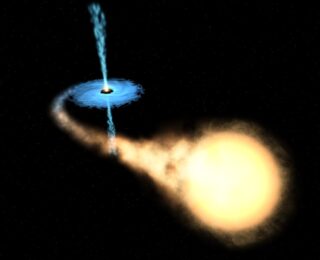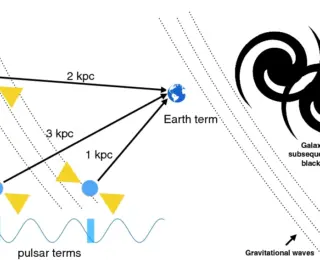
Source Needed: Could Signal Confusion Hurt Next-Gen Gravitational Wave Detectors?
Today’s paper takes a prospective look at possible concerns for future gravitational wave observations, and finds that perhaps no concern is needed.

Today’s paper takes a prospective look at possible concerns for future gravitational wave observations, and finds that perhaps no concern is needed.

There’s a space race that can last hundreds of millions of years: the race for two black holes to merge. Find out how we can use the gravitational wave background as our stopwatchin today’s bite!

In today’s bite, the authors combine two types of simulations to better understand how intermediate-mass black holes might form in dense nuclear star clusters.

In today’s bite, the authors use simulations to explore turbulence a possible mechanism for the observed x-ray emissions in the coronae of black holes.

In this Astrobite, the authors study the effects of dark matter on merging black hole binaries. As the black holes move through dark matter, they form wakes that slow them down, could this affect the gravitational waves released?

Pulsar timing arrays could localise individual sources of gravitational waves to host galaxies. The problem is, it’s so computationally difficult! This paper shows us a faster way.